|
Teaching through input only does not imply that the students won't speak. They just do so at their own time. Here is a video of an online presentation I was lucky to be a part of, in which I address speaking in my classroom.
0 Comments
Remote learning has been stressful and a learning experience for sure. My first videos were way too long. Watching something on a screen is in fact not the same as in person interaction and it's much harder to concentrate on. I think we all miss the face-to-face and as a teacher I miss the immediate feedback I get when I look at the students and can check for comprehension. But there have also been some positives. While I still share stories online, I have also made videos in which I bake, craft and experiment. And while those are already easily available online, mine are specifically for German language learners. Meaning: the language is supplemented to be comprehensible. These videos are similar to the language experience approach in which kids learn the language whilst engaged in other activities. Here I would like to share my favorites about the outcome of those activities. Enjoy!  How we left school. When we switched from in class to online learning, I decided that I wanted to keep with mostly input. This is tough, when you don't see your students and they are beginners. Of course they weren't able to take books home, because we left school on a Friday and found out on Sunday evening that we would not come back Monday morning. What I do. I decided to continue with stories from home and record videos, then have some short activities. This allows the students to focus on the input and only spend very little time on the activities. Yet, I can see if they watched the videos and have some accountability. (Below is remote lesson 1) On and on we go. Stories of different genres and a chapters of the book Sideways Stories from Wayside School. Through lessons in the classroom to remote lessons. Here are the next 25 stories, you can also find my first 50 stories and hopefully the next 25 at the end of the school year, though with all the lessons we have missed this year, I am not yet sure if we make it to 100. But no worries, I will keep going with this lovely group plus new students in 2020/21.
Just a word of caution ahead: ALL my students have online access and the ability to take part. This is key! Do not attempt this if you're unsure if students will be able to do this from home. This would favor some students and exclude others. 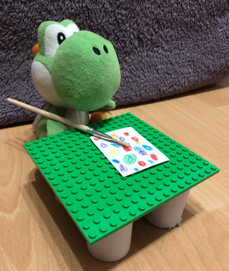 This year I have been recording all my lessons in class. Every single story we have done in class can be found on my YouTube channel and is posted in the students' journals on Seesaw. To see which stories I have told, you can click on the picture bar on the right, which will take you to my Instagram or on the post 50-before-winter-break (another post coming shortly with stories 51-75). This has some wonderful advantages:
 This school year I have told many stories (62 so far) from different genres, such as folk tales, fables, legends, sagas, myths, children's literature,... as part of my pure Story Listening program. I love the variety this adds to the class and it let's me find out which kinds of stories my class like the most. A couple of weeks ago, I started reading the book Sideways Stories from Wayside School to my daughter and I thought, "my class would love this book." Not only is it written for the target age group 8-10, but it also has great attributes for Story Listening: naturally repetitive, short stories that play in school (play on students' world knowledge) and some students are familiar with the book. Now usually I don't think using a book is a great idea for Story Listening for the same reasons Beniko Mason does not recommend continuing a story from one lesson into the next; students that were absent miss the beginning or the end. Either way this really takes away from the story. You have to redraw key elements and remind the students of important details in order to continue. However, in this book every chapter is a story in itself. Every one of the 30 chapters is about another one of the 30 characters. So it isn't a big deal if a student misses one chapter, because the next story does not build on it. Sure there is some overlap, but nothing that is necessary to ensure comprehension of the context.  It's been a great school year so far, just watching the students in class grow. Listening to their increased spontaneous output in class, predicting the story lines and suggesting details in German. More students joined in to make the switch to German in class and I have also received more videos from students as they retell stories in German at home for fun. So here is a little comparison of two videos a student sent to me. One after 28 stories in class, the other after 41. According to her mom, who graciously allowed me to post these videos (Danke!), her daughter has been quite obsessed with watching the videos from class, so I am not sure how much time, she has spent on getting more input on her own through the videos. But the power of interest based input is quite obvious when students chose to spend their free time by watching the stories from class again.
When watching both videos the improvement in pronunciation is quite striking. Her speech has gained clarity and fluency. She self-corrects and uses verb endings in the past automatically (landete, sagte, suchte..) as well as high frequent irregular verbs (fiel, sah, ging...).
Here is the description of the student again: Age: 8yo Grade: 4th German: total beginner at start of school year with no prior German experience School: International School in Germany, language: English Outside German: no other German classes, little input from life in Germany as they are mostly surrounded by English and native language. Not involved in German teams, clubs, etc. Home country: India We are not quite through the first semester and today I will tell the 50th story in class. We still have lots of time left and I am looking forward to seeing the results of the first year in German at the end of the school year. For 4 months now, from August 23rd to December 17th, I have been telling stories to my 4th grade beginners every class (3x a week in a regular week). In 43 classes I have told 50 stories. Stories from countries such as Germany, the Netherlands, France, the US, Canada, China, Italy, Norway, India and Japan; including funny stories, scary stories, folk tales, fables, legends, sagas and more. And here I am sharing the first 50 stories with you with German and English titles and text source if possible. All 50 can be watched here or on my YouTube channel.
Often times I do not tell the story I had planned the next class and make a change last minute. I wanted to tell "Eine Puppe zu Weihnachten" before Christmas, but then some students said, no more sad stories and I decided to skip this one. So for the last of the 50 I was unsure what I wanted to tell and the inspiration came the day before, when we went to a story teller, who told "Die drei Federn". I adapted it and told it today and here we are 50 stories and 1116 minutes in. This school year I am using Story Listening and Reading exclusively. No grammar drills. No vocabulary practice. No writing. No speaking exercises. In fact not once did I ask them to speak in German. Cue concerned feedback: "But how will they know how to speak?" - "But will they ever speak?" - "How can you speak if you don't practice it?" The answer is always the same. They will speak when they are ready to. I don't discourage speaking, I just let them choose the timing. It emerges naturally. Don't think that's true? Meet two of my students. The following videos were recorded at home in response to a voluntary challenge. The challenge was to watch a video from class and take some toys and stuffed animals, rebuild a scene from the story they chose and then take a photo of it. Notice: Again I did not ask for any speaking. Here is a short description of the two students: Age: 8yo/ 9yo Grade: 4th German: total beginner at start of school year with no prior German experience School: International School in Germany, language: English Outside German: no other German classes, little input from life in Germany as they are mostly surrounded by English and native language. Not involved in German teams, clubs, etc. Home country: India Here are the videos they recorded: These videos show what these kids are able to produce after 21 hours of instructions that included 28 stories (535min). The stories the children are retelling can be found here: Of course not every student in class is able to produce the same amount of language, which is always the case, but more and more output is emerging from all students in class during the stories. Students recognize content overlap to other stories and are able to recall the German for it, they predict or simply repeat. And asides from all that as one student said today "We all love coming to your German class!"-- the students have no anxiety about class and love being there.
*Das kleine Blau und das kleine Gelb continued for another 2 minutes that were sent separately and not shown here. Friday was my first day with my class this year. As I am still completing my MA program, I am only teaching grade 4 beginners this school year. I have 14 students so far, which is great for class, but not so great for the up coming research. However, I was super excited about starting the school year and teaching kids again. This year I am starting the class of with Story Listening right away. Of course during the first class, we made sure the kids are in the right level and we spent some time getting to know each other. I learned that, for the first time ever, I have a beginner class in which ALL students speak English. I actually have a common language! At the end of the class, I wanted to do one quick story, just to give them an idea of what's to come. So after talking a bit about what we will do in class and some expectations, I did Alvin Schwartz "In a dark, dark room". |
If you like my videos and materials, consider buying me a coffee. :)
Archives
May 2022
Categories
All
|
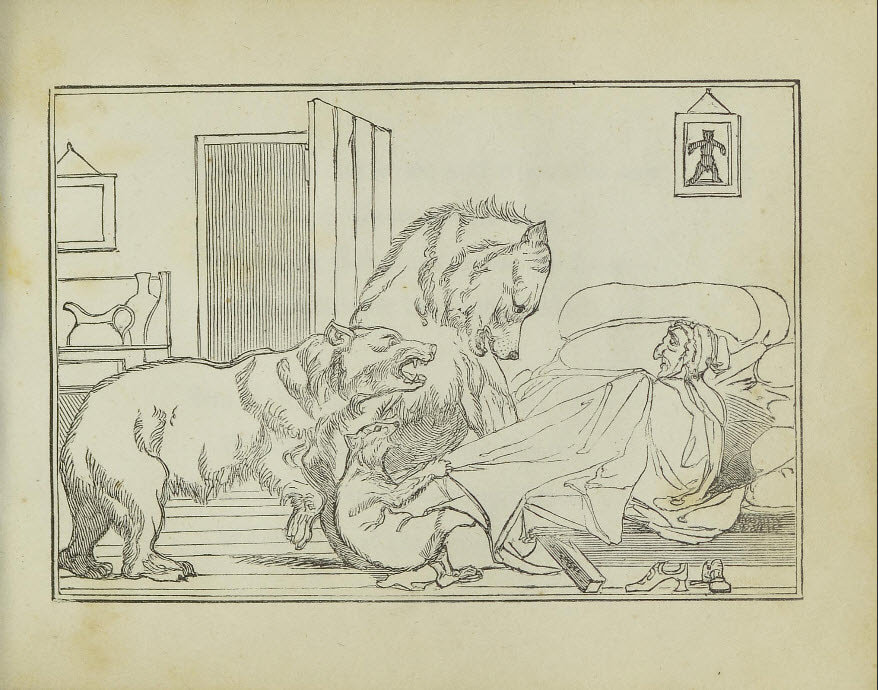

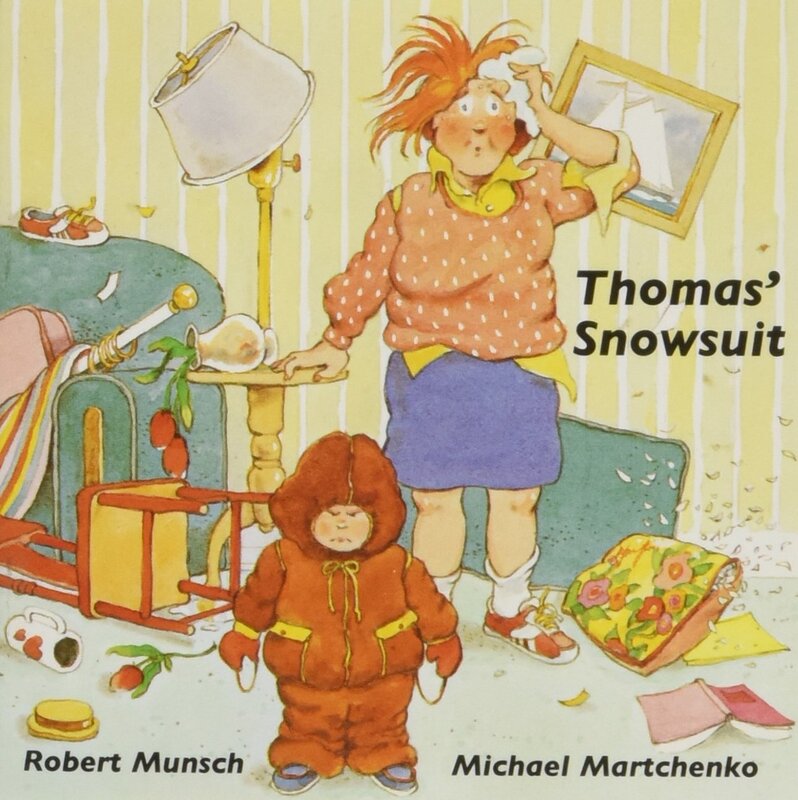
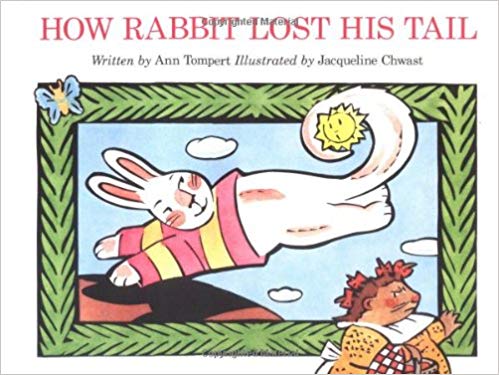
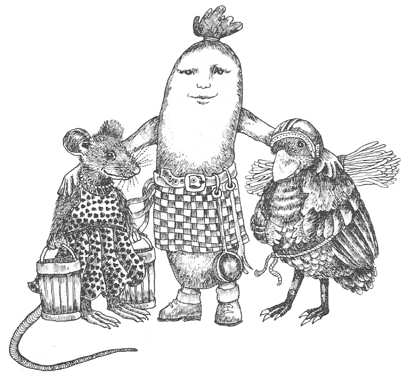

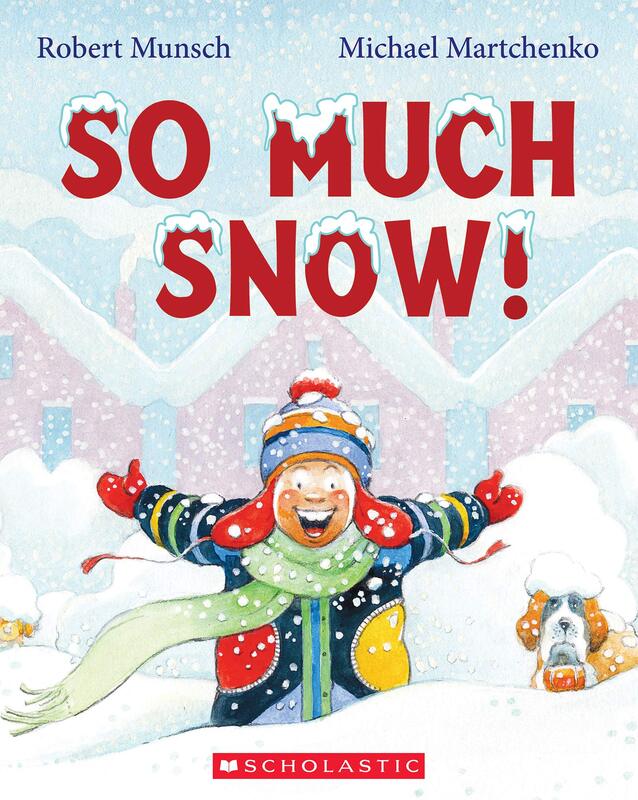

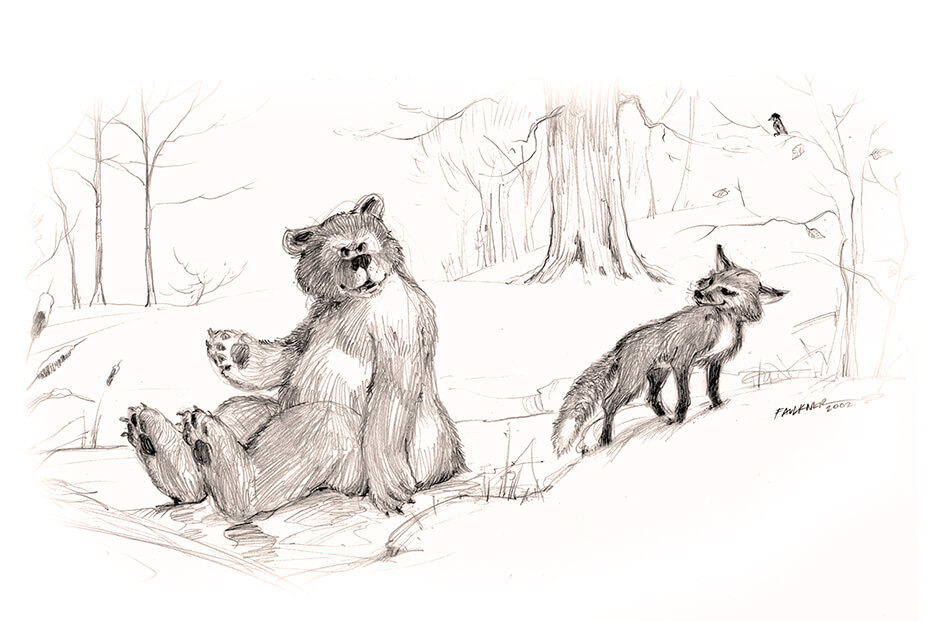



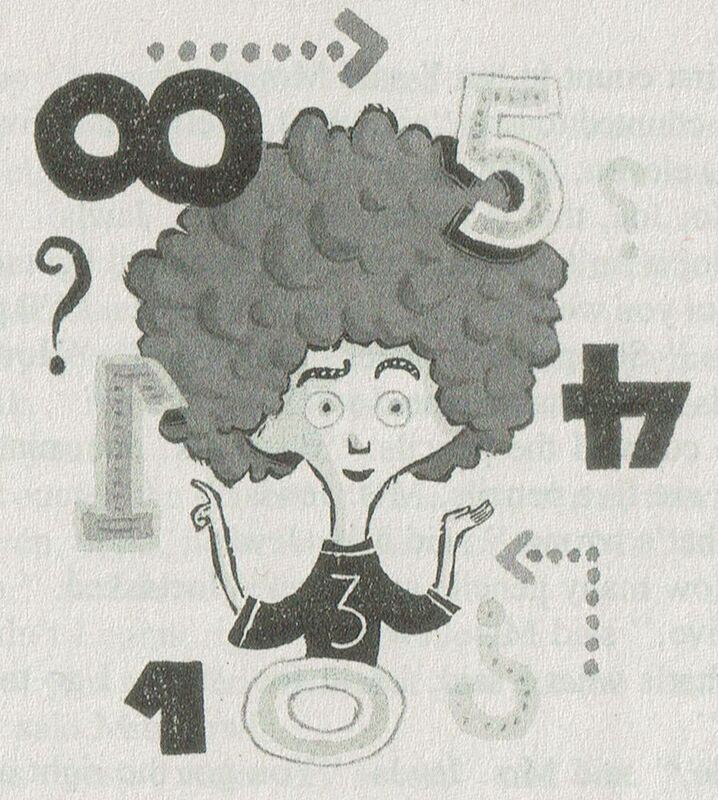

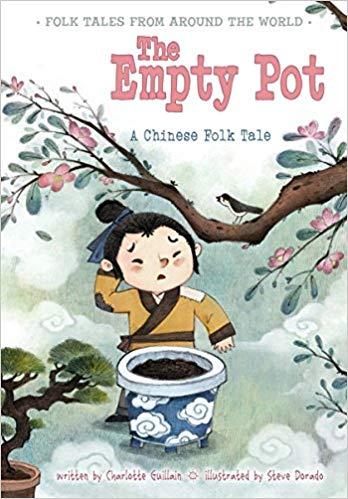

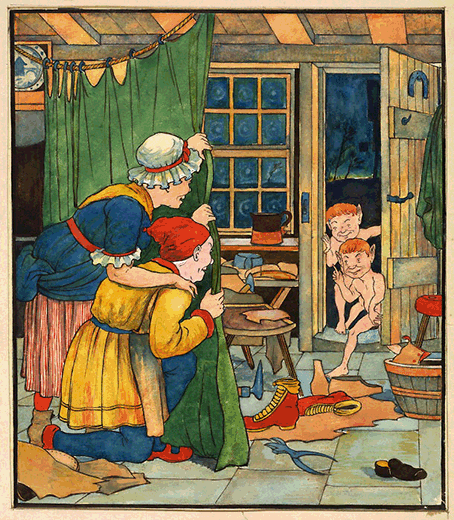
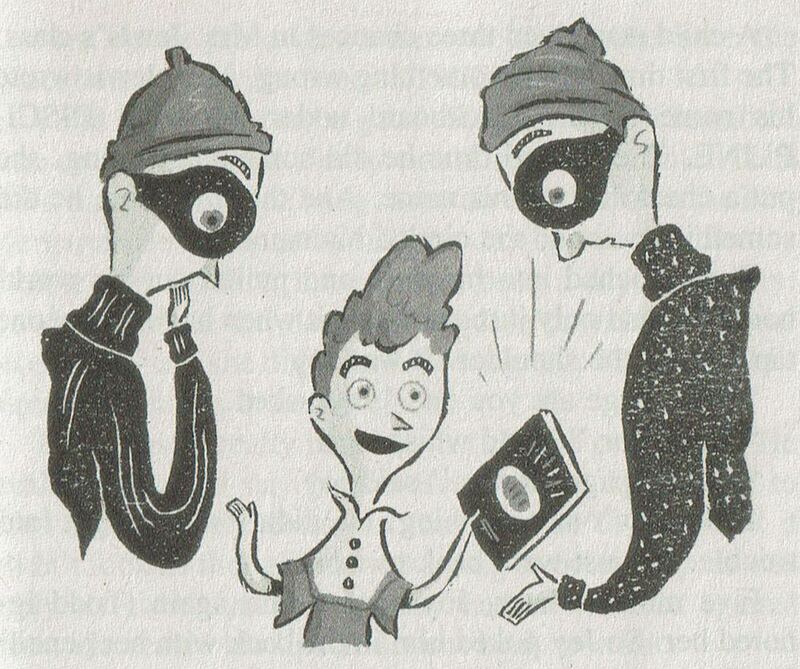

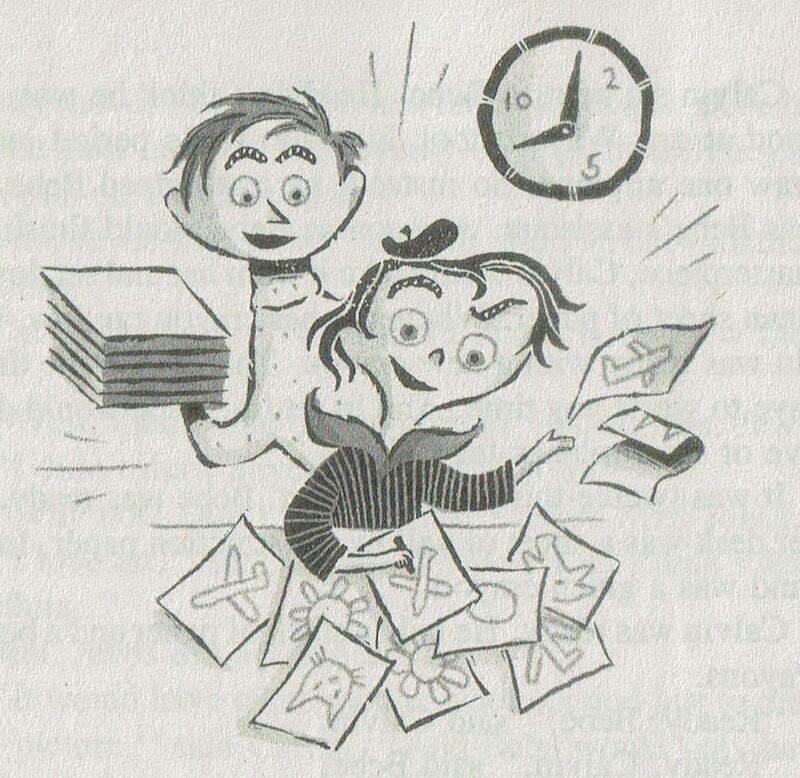






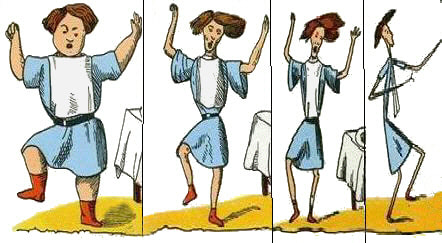


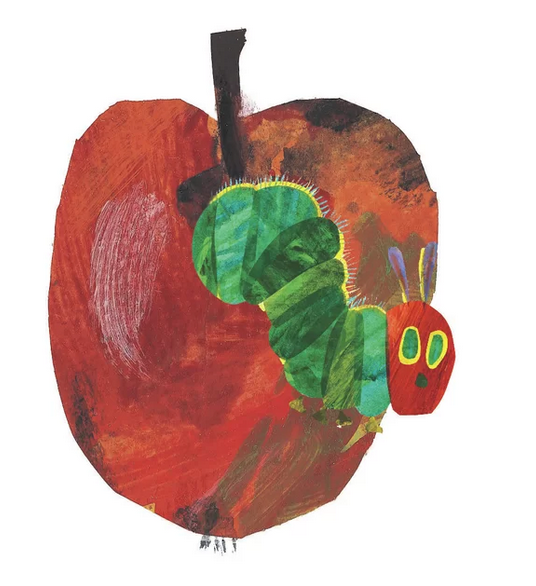
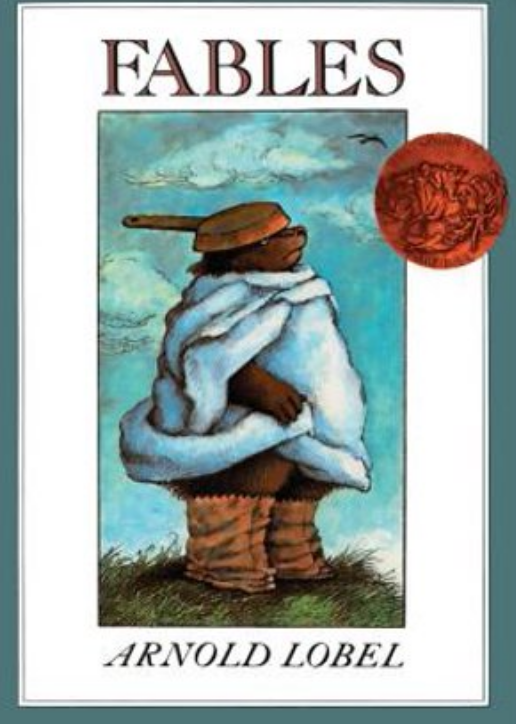
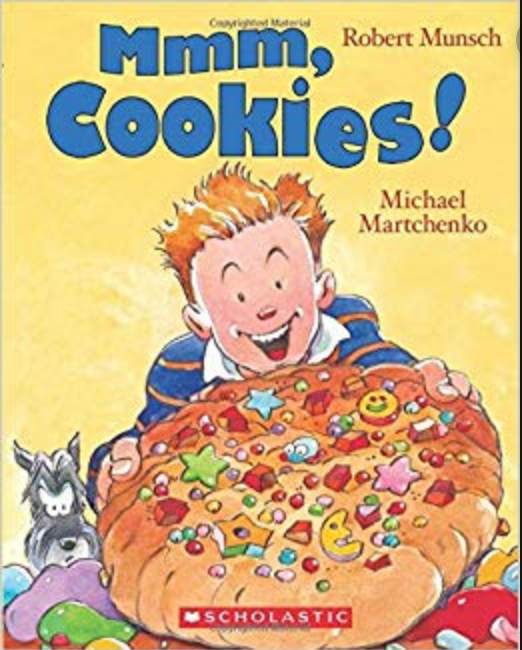

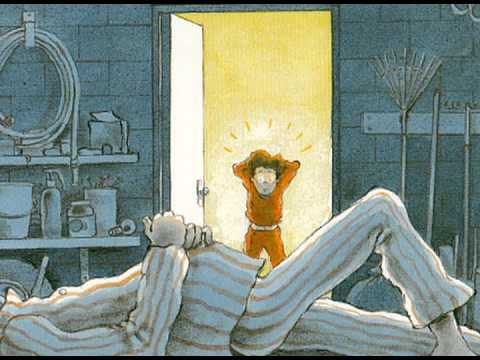
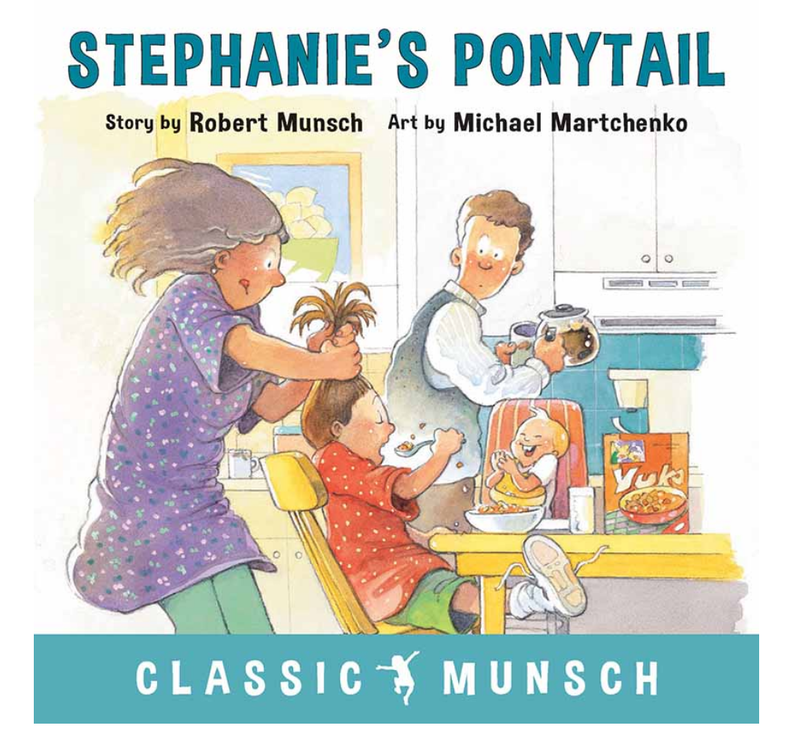



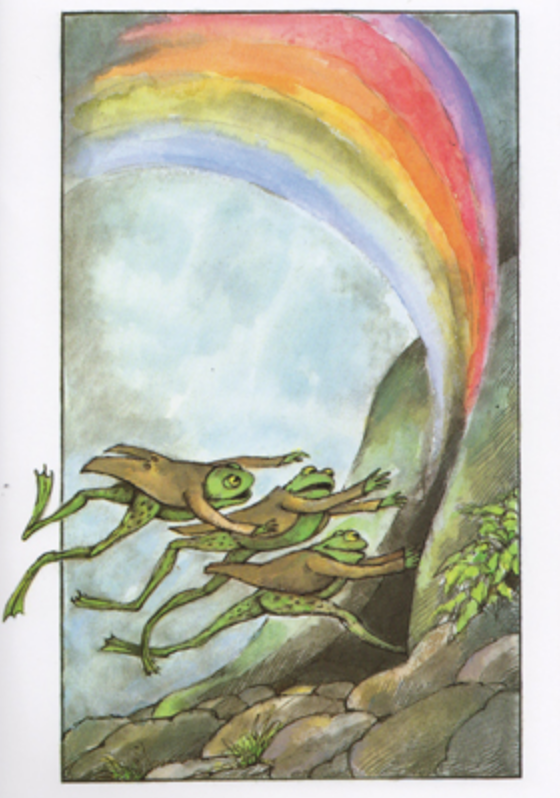

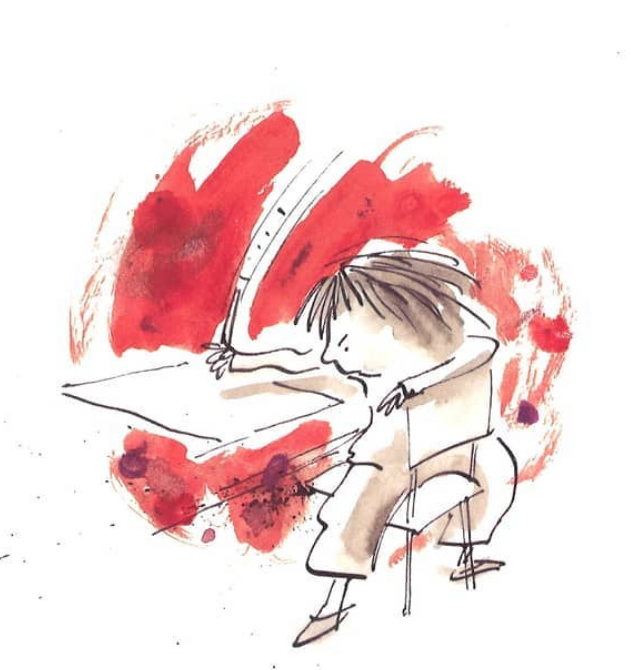
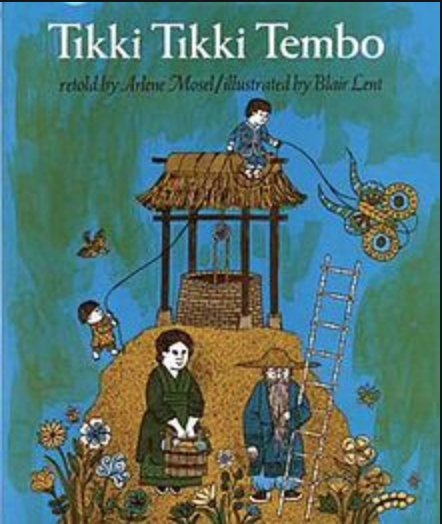

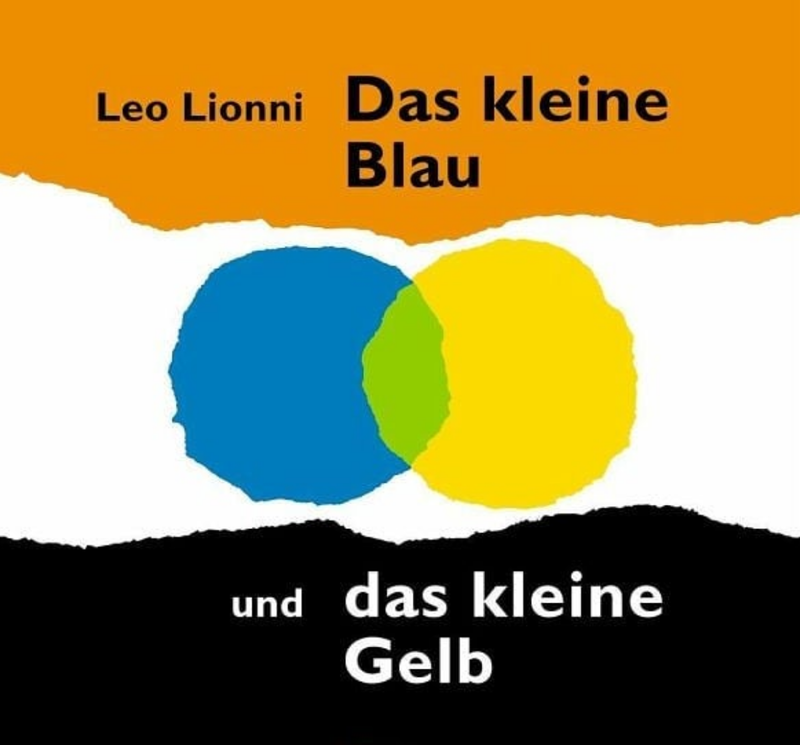
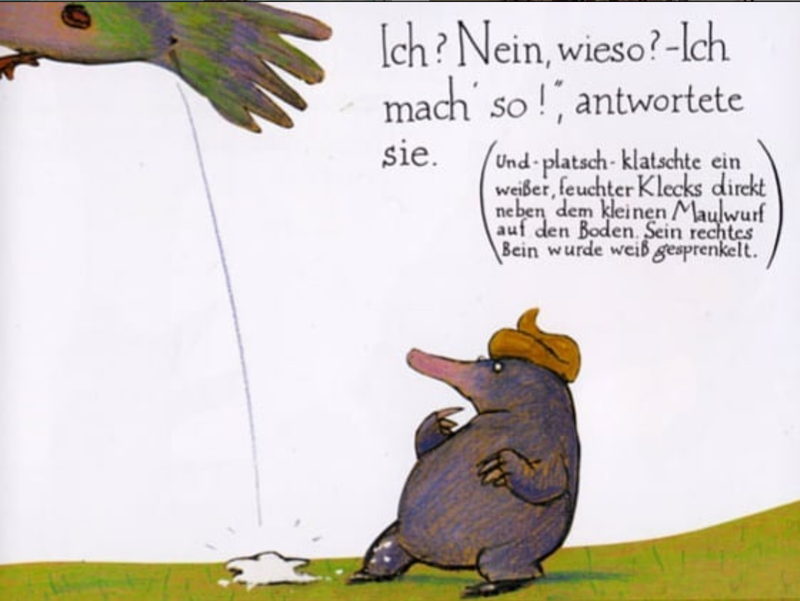




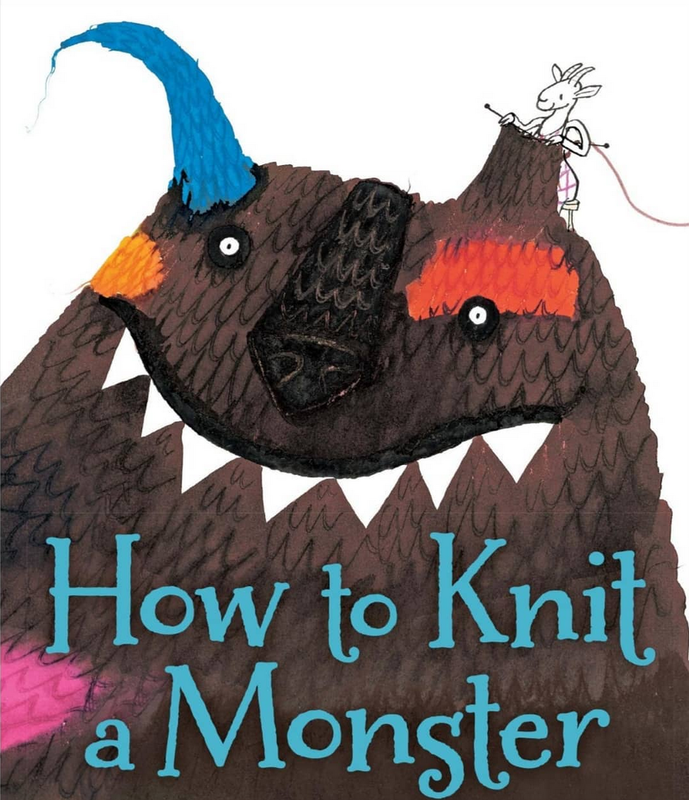











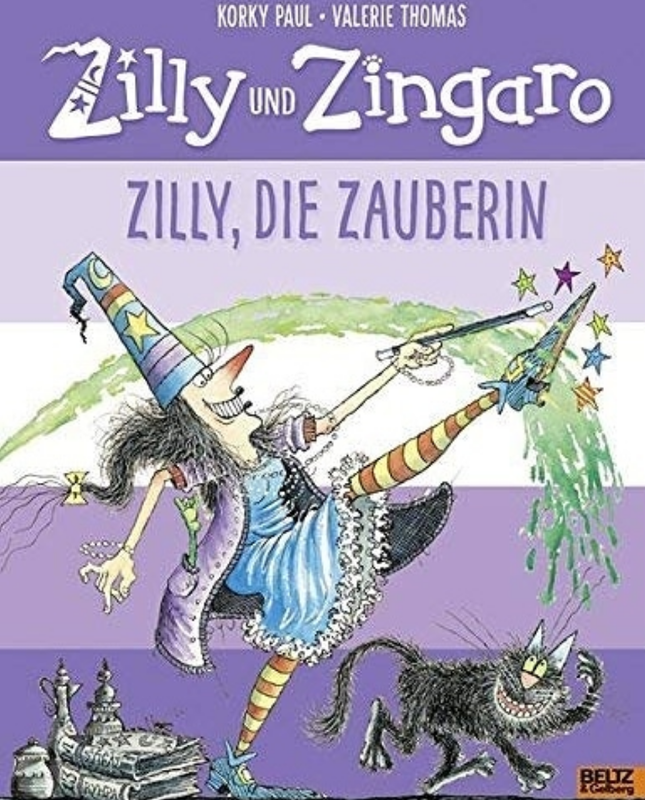
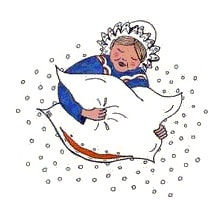
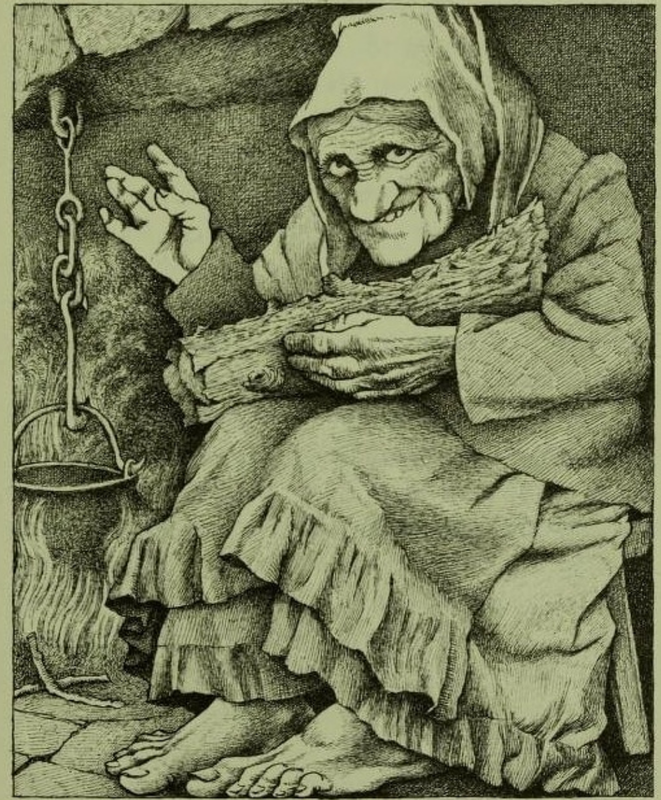

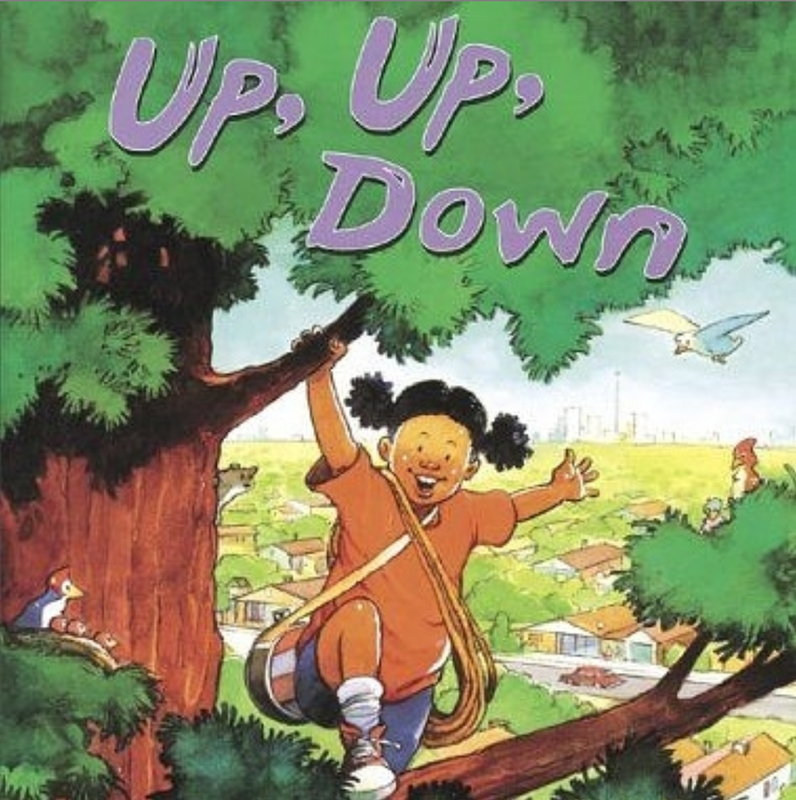
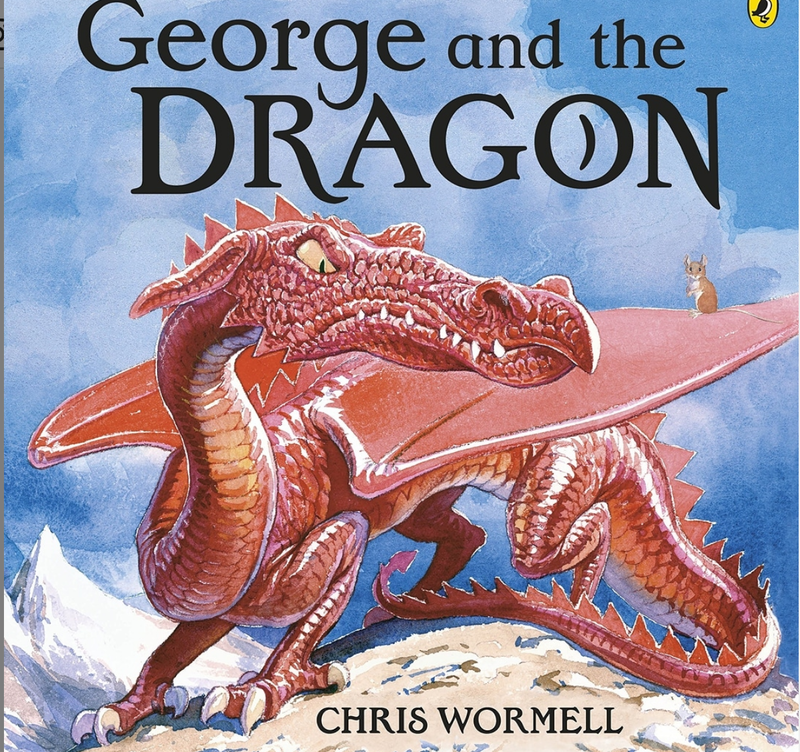
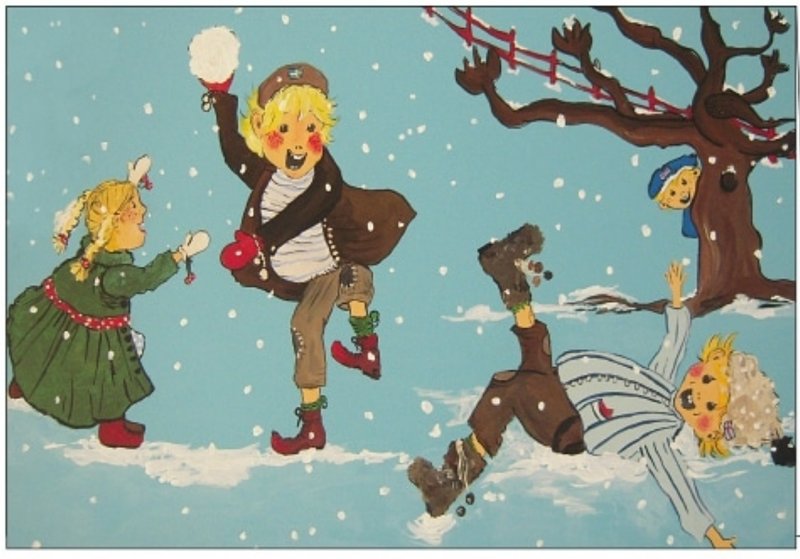

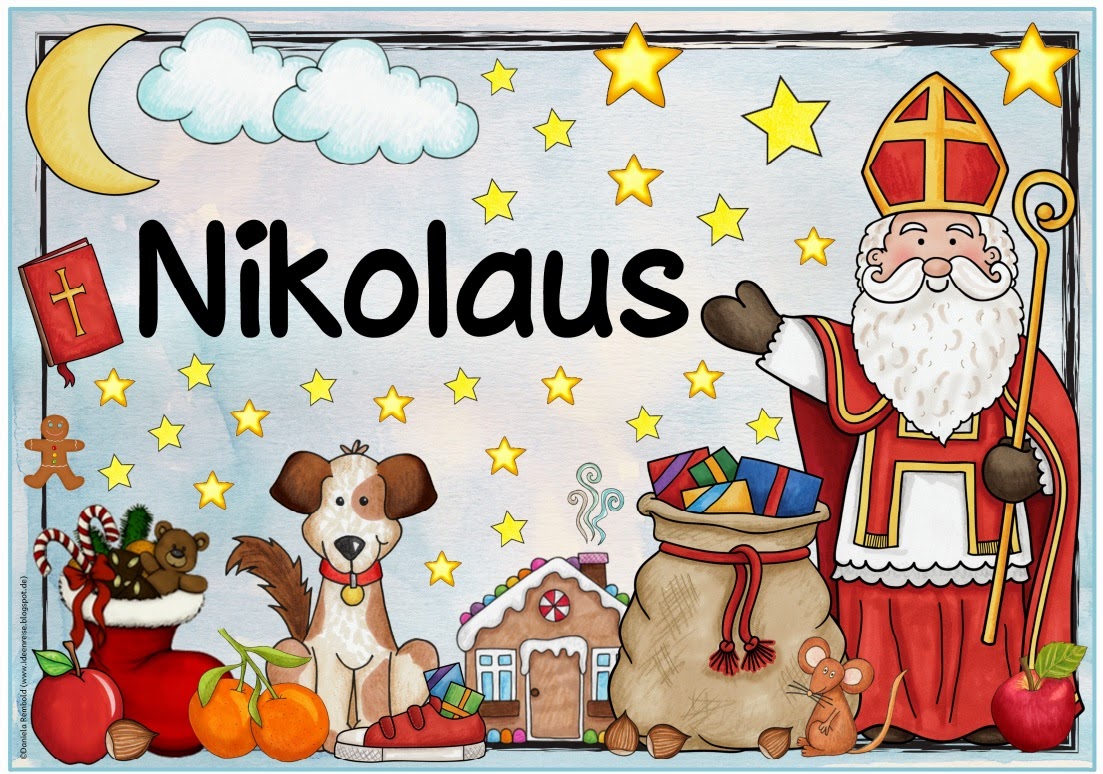


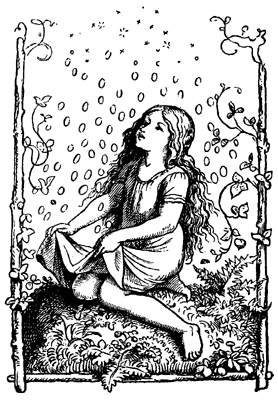
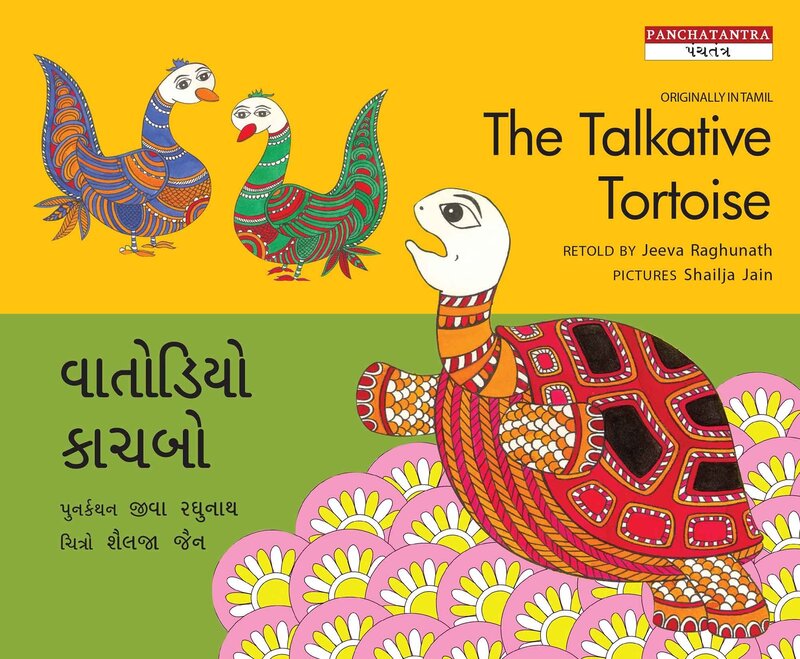


 RSS Feed
RSS Feed
